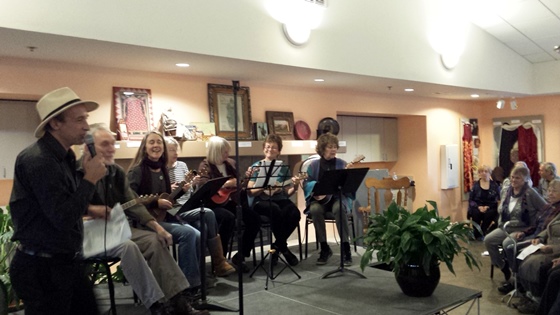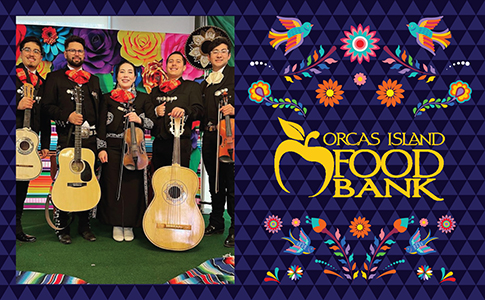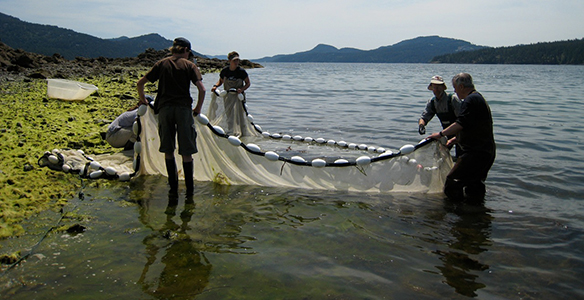||| FROM RUSSEL BARSH |||
In a purportedly celebratory press release earlier this week, the Washington Department of Natural Resources (DNR) announced the latest steps in renaming Harney Channel for Henry Cayou, “a Lummi fisherman.” Ironically, this choice of words diminished Cayou’s importance to the history of San Juan County and echoes a disturbing contemporary trope that reduces all Native American interactions with the islands to disputes over fishing rights.
To set the record straight: Henry Cayou was a self-made entrepreneur who owned an orchard, cannery and sawmill on Orcas Island, as well as interests in boatbuilding works on Decatur; helped finance the growth of Deer Harbor and build its historic school house (the community club today); and was the longest serving San Juan County Commissioner. Cayou was a businessman and community leader at a time when nearly half of the residents and taxpayers of Orcas Island had at least one Native American parent. Yes, and he also liked to fish.
The DNR press release misrepresented Henry Cayou’s identity, moreover. According to documents he signed a century ago, he and his mother identified themselves with the Mitchell Bay community of San Juan Island, descendants of a village complex known as Pkwiélwulh and the people as Klalákamish, over which in part the British garrison was built. DNR’s identification of Cayou as Lummi deepens the injustice of the United States repeated refusal to recognize the Mitchell Bay families as an “Indian tribe,” which has resulted in many members of that group, including descendants of Henry Cayou, to enroll over the years at Lummi as well as Samish and Swinomish. Many still live in San Juan County.
Hundreds of people lived in the old Mitchell Bay village; yet San Juan County schools long taught island children that there were no permanent villages in the islands; that “the Indians” were merely summer visitors: fishermen. This nonsense, inconsistent with a shelf-load of archaeological and ethnohistorical studies, and with eye-witness reports made by British and American officials from the 1790s to 1880s, is unfortunately also reflected in many still-popular books about San Juan County history, such as Helene Gliddens’ semi-autobiographical fiction, Light on the Island. Why are white islanders still trying to escape the fact that thousands of indigenous people were living here in the 19th century—and many still do?
Ken Carrasco and the islanders advocating the renaming of Harney Channel have taken a modest step towards redressing our loss of historical memory by drawing attention to one man who was both an “Indian” and a key figure in 20th century island history.
Naming one of our waterways for Henry Cayou is a long-overdue recognition that Coast Salish (as well as Alaska Natives) continued to be a part of island life and history after “white settlement” and continue to live, work, and contribute to the economy and arts of the islands today. But please, DNR officialdom, get the story straight and abandon the trope that all “Indians” just fish here.









Well said, Russel!
Thanks, Russel, Your perspective and support of “the truth” in these Islands has always been admired by this commentator. Even though we don’t have Confederate statues to knock down, we can repair historical misinformation with honest opinions to our local papers…
Thank you for honoring Henry Cayou and the other indigenous people of the islands by telling the true stories of their history here.
Many thanks for the depth of your analysis, Russel, which (as usual) digs well beyond the surface simplicities of life on these islands.
Well said, Russel Barsh. Thank you for calling out the inadequacy of calling Henry Cayou “just” a fisherman and for righting the misconceptions about Henry, his contributions and his people and all indigenous peoples who have deep spiritual relationship and reverence for these lands and waters.
A good reminder that the past is not as simple or as far away as many people pretend it is. Thanks for sharing your knowledge Russel, lets hope we all can learn from your historical perspective.